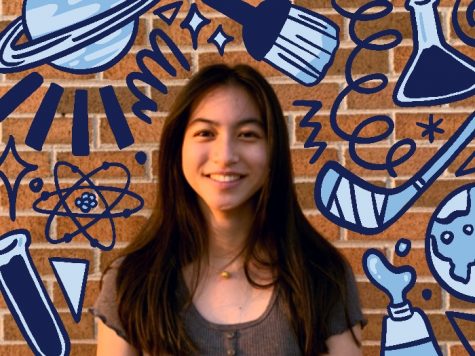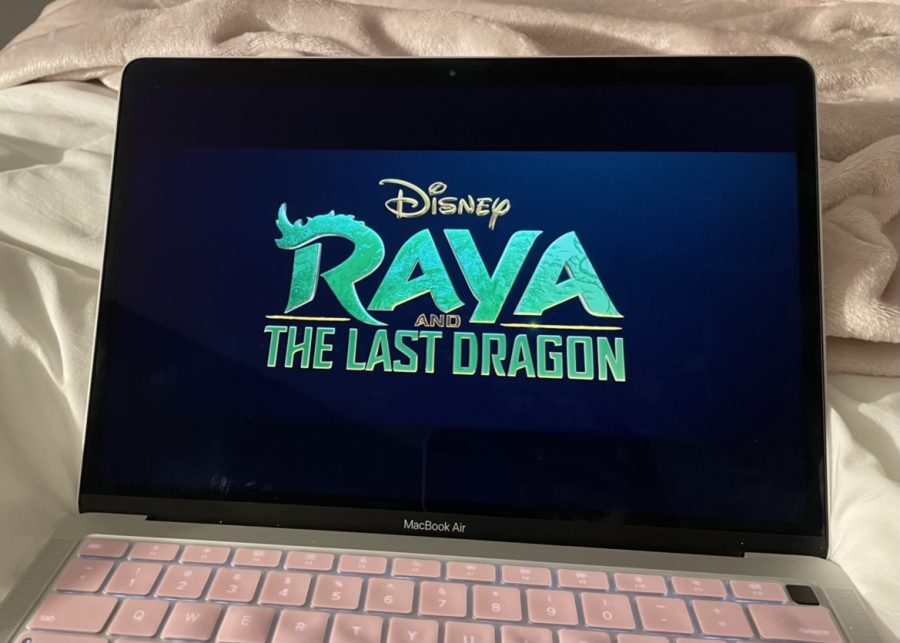‘Raya and the Last Dragon’ is just inches away from perfection
Raya and the Last Dragon propels Disney into a new era of thoughtful minority representation.
On March 5, “Raya and the Last Dragon” premiered on Disney+ as Disney’s first film featuring an inspiration drawn from Southeast Asian cultures. In addition to the monthly Disney+ subscription cost of $7.99, subscribers are charged an excessive price of $29.99 for premier access until June 4. However, while falling short under several facets, the film may be well worth its price as it distinguishes itself into a new era of Disney.
In the land of Kumandra, humans and dragons lived together harmoniously until the druun, a mysterious dark force, appeared and began to ravish the lands. After the last of the dragons sacrificed themselves by combining their magic into a druun-vanquishing orb to save human-kind, harmony was disrupted. Kumandra then split into five tribes, each at war with one another for five hundred years, propelling princess Raya on her journey to finding the last dragon to restore peace.
Disney films have often been predictable, lending themselves to staleness in the many narratives they portray. Unfortunately, “Raya and the Last Dragon” falls into this category. Throughout the entire two-hour length of the film, there wasn’t anything that could quite catch me off guard.
Instead of the rather shocking plot twists that Disney has displayed in past films like “Frozen” and “Coco,” “Raya and the Last Dragon” instead inputs smaller points of conflict scattered throughout the film as Raya ventures through each of the four other tribes, which resolve themselves almost unsatisfyingly quickly.
However, these shortcomings are barely a scratch upon the nearly impeccable surface of the film. Perhaps the most anticipated aspect of its release, “Raya and the Last Dragon” genuinely attempts to and accomplishes integrating Southeast Asian culture into the plot, casting Vietnamese actress Kelly Marie Tran as the lead voice actor and featuring Asian voice actors for all other characters as well (except for Raya’s giant pet roly-poly Tuk Tuk).
As a Southeast Asian, it was refreshing to see actual aspects of the folklore and culture being represented and appreciated throughout the film, especially without being tailored towards an American audience by grossly watering down the actual culture behind the inspiration. The credit for this is attributable to a real-life study done by Asian members of Disney on actual Southeast Asian countries including Vietnam, Thailand, Malaysia, the Philippines and more — countries that the five tribes of the film were based on. This film was written by Asian writers, voiced by Asian actors and is a huge step in Asian representation.
Most respectably, combat scenes were not obnoxiously embellished as with Disney’s failed live-action “Mulan.” Instead, real Asian martial arts inspiration was drawn rather than depicting the stereotypical “kung-fu” that is often hyperbolized in many American films featuring literally any Asian culture.
“Raya and the Last Dragon” is able to tell its story, introduce the moral lesson and take the audience along Raya’s world-saving journey with dignity and elegance.
But if not even captivating for the story line, “Raya and the Last Dragon” stuns with its graphics, art and animation that were so meticulously crafted for this film. Particularly notable was the animation of water in this production, which may seem trivial, but as a staple element in the storyline, the artistry with which it was created is extraordinary — it genuinely looked to be kissed by the heavens. And that was just the water alone, not to mention the incredible landscaping, earth textures and faces.
While it has its hiccups, the flaws of “Raya and the Last Dragon” are entirely made up for in the ways it masterfully lays out its story line. In the care and consideration of this production, Disney has begun to set a precedent for the tasteful execution of minority representation in the film industry for a brighter future.


